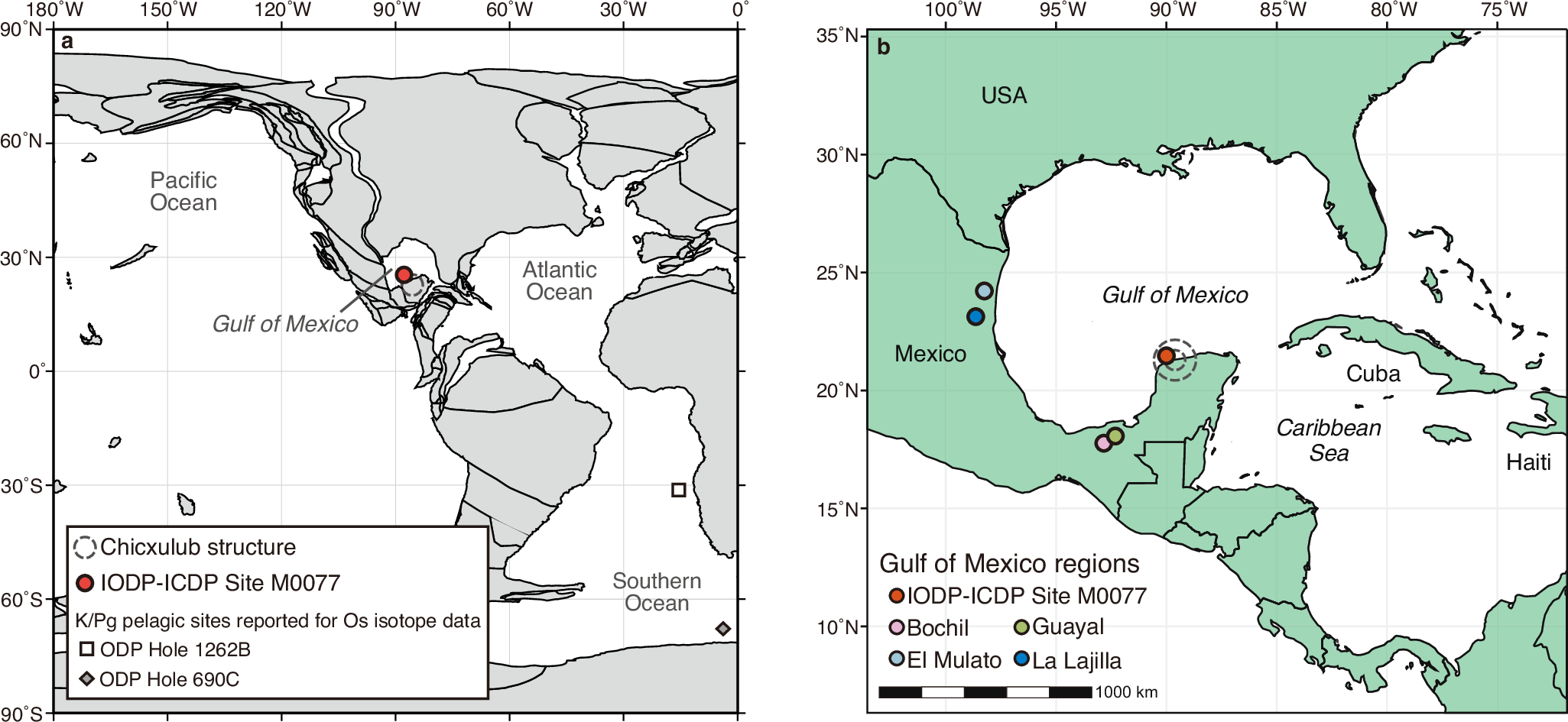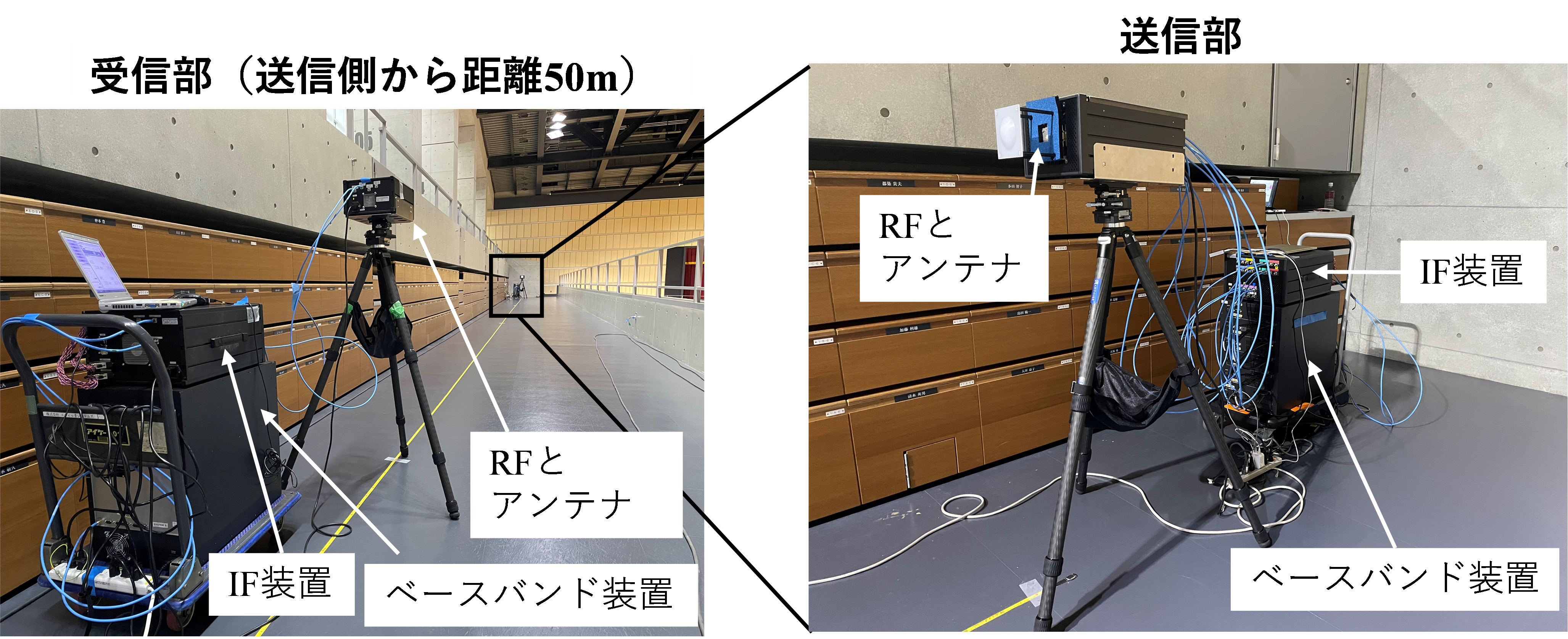2025-04-08 九州大学
<関連情報>
- https://www.kyushu-u.ac.jp/ja/researches/view/1199
- https://www.kyushu-u.ac.jp/f/61297/25_0408_01.pdf
- https://www.nature.com/articles/s41467-025-58112-x
- https://www.jsg.utexas.edu/news/2025/04/life-recovered-rapidly-at-site-of-dino-killing-asteroid-a-hydrothermal-system-may-have-helped/
メキシコ湾におけるチクシュルブ衝突後の熱水の影響を示唆する長時間の187Os/188Osエクスカーション Prolonged 187Os/188Os excursion implies hydrothermal influence after the Chicxulub impact in the Gulf of Mexico
Honami Sato,Akira Ishikawa,Ignacio Arenillas,José A. Arz,Vicente Gilabert,Philippe Claeys,Steven Goderis,Christopher M. Lowery,Sean P. S. Gulick & Joanna V. Morgan
Nature Communications Published:08 April 2025
DOI:https://doi.org/10.1038/s41467-025-58112-x

Abstract
The Cretaceous/Paleogene boundary asteroid impact is recorded globally as a negative 187Os/188Os excursion, including in sediments recovered from the IODP-ICDP drilling within the peak ring of the Chicxulub structure in the Gulf of Mexico. The reconstructed marine 187Os/188Os curves can be used for global age correlations on the ~10 kyr scale. However, the versatility of Os isotope clock between the proximal and distal sites remains unclear. This paper presents 187Os/188Os records from early Paleocene sediments deposited in the Chicxulub impact basin and Mexican sites with biochronological scales. The results for these proximal sites show a recovery timescale of ~700 kyr, which is significantly longer than that of the distal sites (~200 kyr). The interval showing the 187Os/188Os decline coincides with the enrichment of hydrothermally-derived Mn, implying that hydrothermal venting at the Chicxulub structure may have played a role in the marine chemistry and ecosystem of the Gulf of Mexico.



